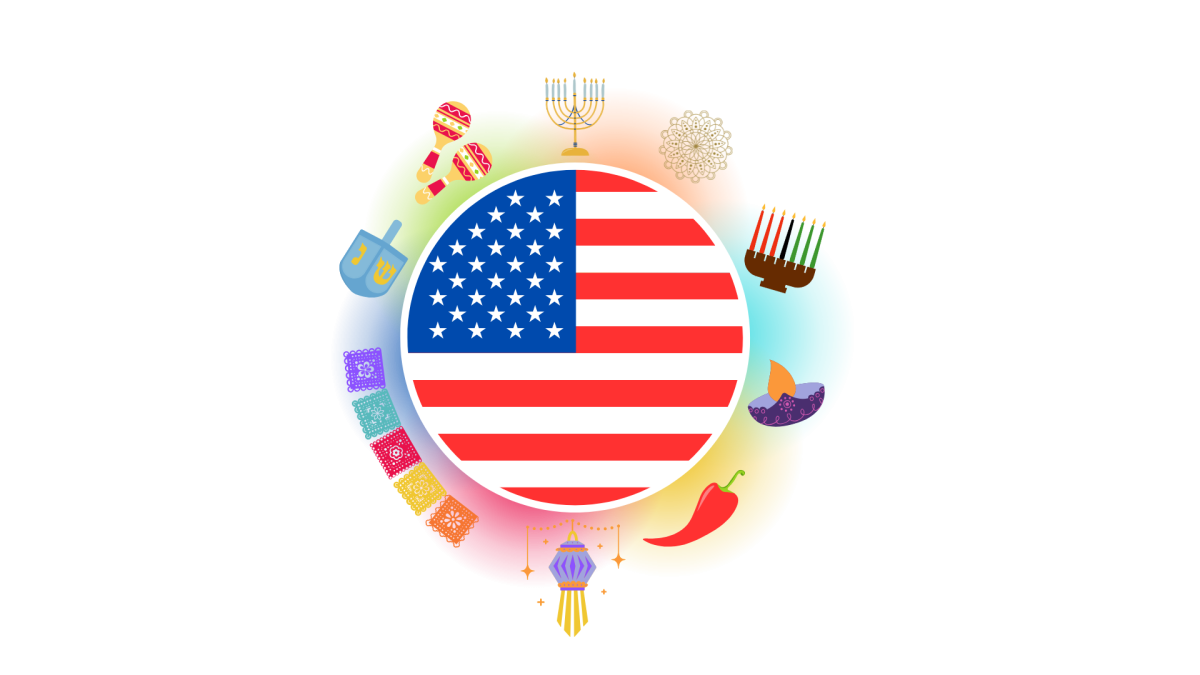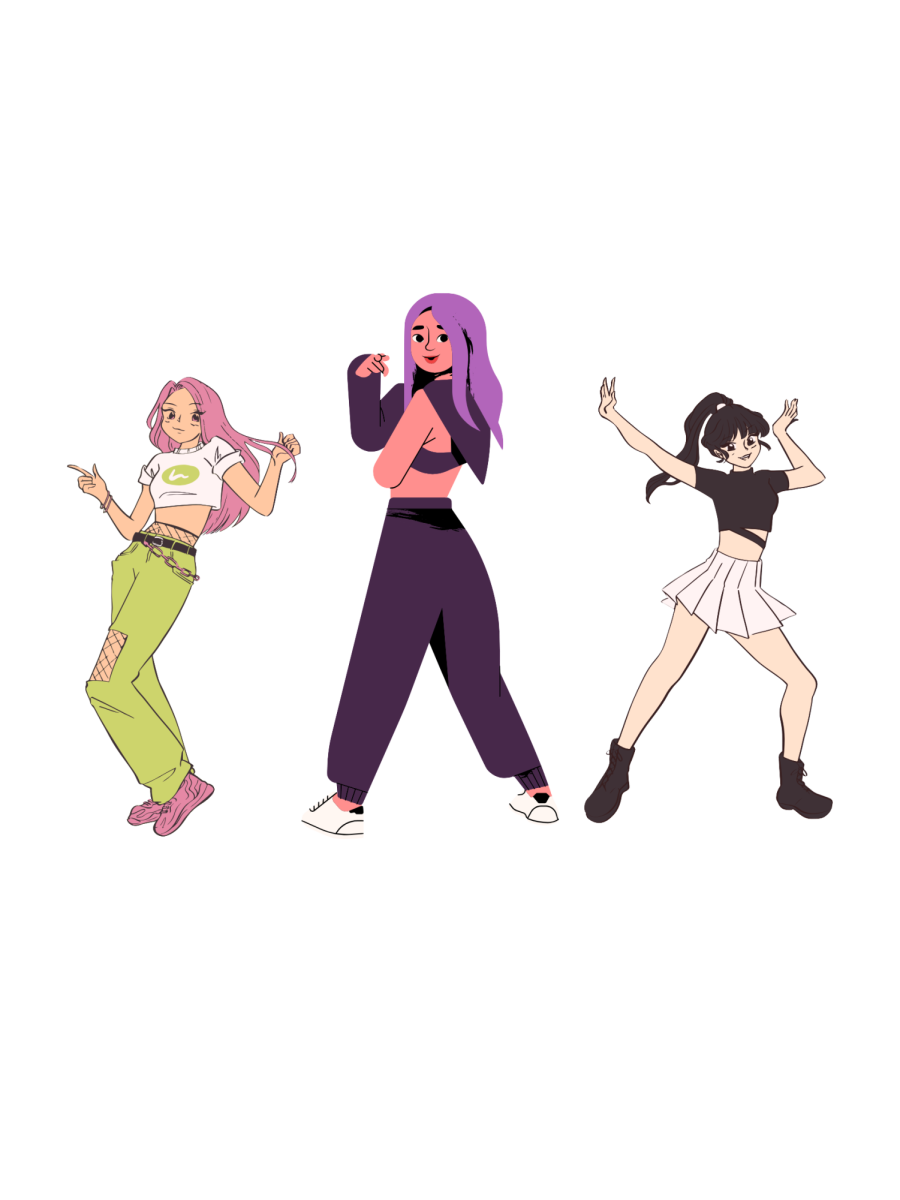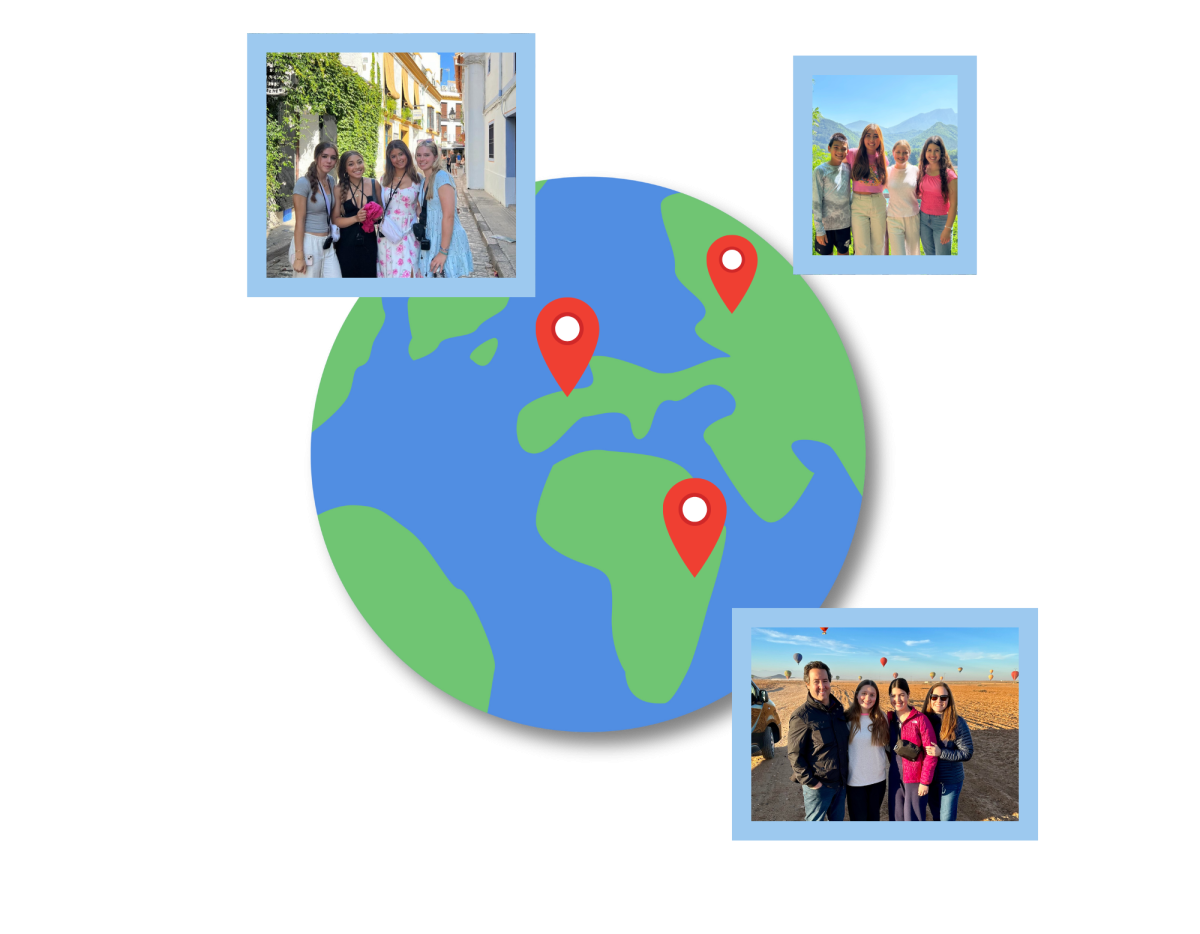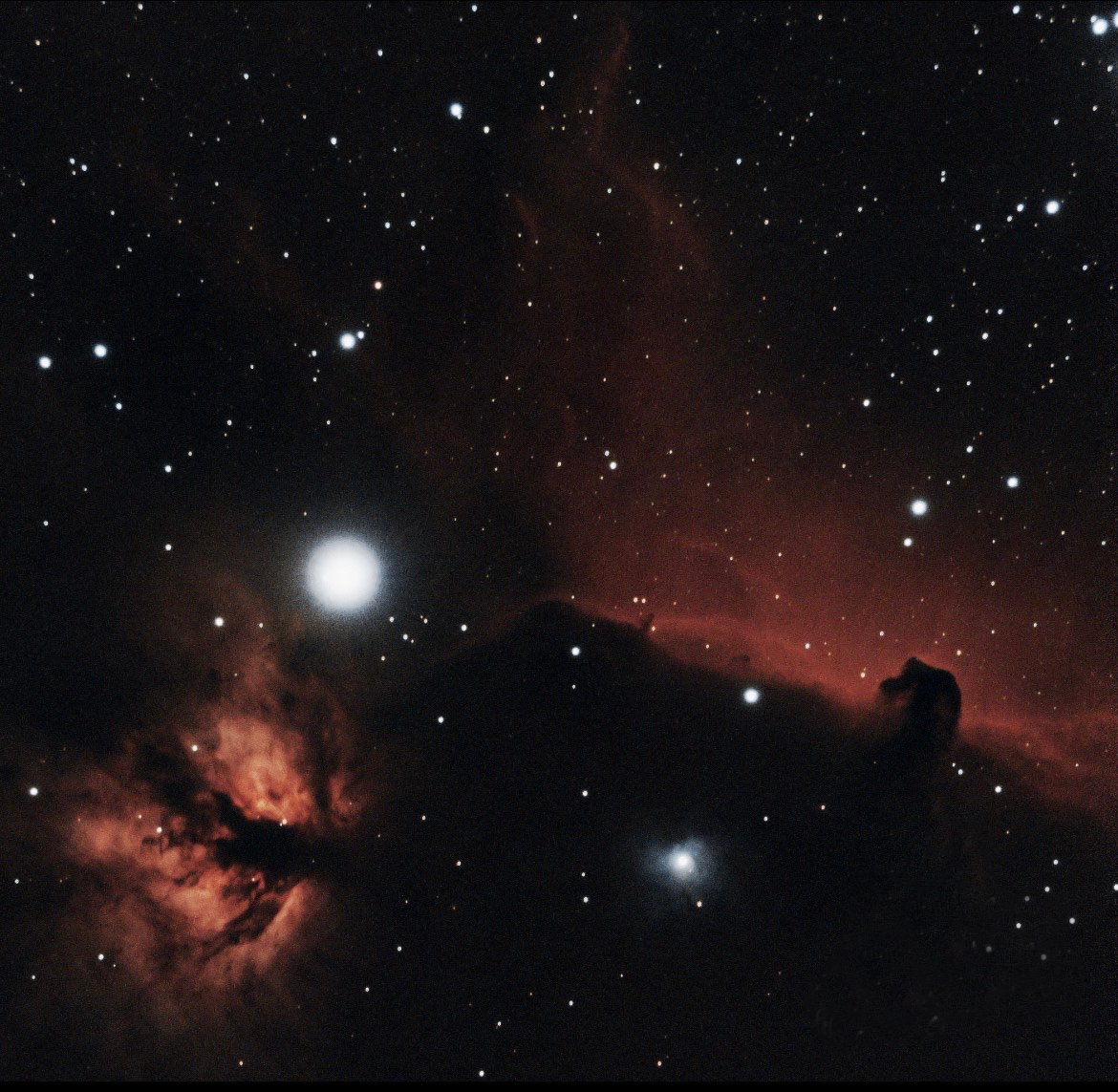Fireworks pop in the air, wax melts from candles, gifts are exchanged and a delicious meal is shared. Hanukkah, Diwali and Cinco de Mayo are three celebrations that Indian, Israeli and Mexican immigrants brought here to the United States, and we have embraced these holidays as a part of our American culture.
Diwali
Known as the Festival of Lights, Diwali is considered a major Indian festival in the United States. According to Hindu lore, the day celebrates the triumph of light over darkness and good over evil. Traditions usually include illuminating homes with Diyas (oil lamps), lighting fireworks and having a feast with family and friends.
“I decorate the house with candles and god statues. I invite friends and family [over], wear traditional clothing and eat with friends,” 8th-grade student Arnav Jagadale said.
According to the Times of India, Diwali 2024 sees vibrant celebrations across the United States, with notable events at Times Square, the White House and important sites in Chicago and Texas.
“I have noticed the awareness over the years, mostly in my neighborhood. People host parties that we attend, where we meet many types of people adapting to this holiday,” eighth grader Ayan Patel said.
Hanukkah
Celebrated along with Christmas, Hanukkah’s key history has helped shape it into how it is celebrated today.
“It celebrates the story of the Maccabees, who were a small group of rebels who fought against the powerful Assyrian army and won despite being severe underdogs. It also celebrates the miracle of light, when the holy menorah (candle holder, and symbol of Hanukkah) in the temple only had one jar of oil, but the light lasted seven days. The holiday celebrates such happy things,” seventh grader Russel Kropp said.
Nowadays, Hanukkah goods are found in Target, Hanukkah specials play on TV, and, since 1979, a Menorah has been displayed annually on the White House Ellipse. America’s embrace of this Jewish holiday is based on its founding principles of freedom and equality.
Cinco de Mayo
In Spanish, Cinco de Mayo means the “fifth of May.” It is the day celebrated annually to honor Mexico’s victory over the Second French Empire at the Battle of Puebla in 1862. The day gained nationwide popularity in the 1980s through advertisements from beer, wine and tequila companies.
America has honored the holiday by displaying banners and holding special events at schools to educate students about Mexican culture. According to the Washington Post, Cinco de Mayo is recognized as an American holiday with Mexican roots, and not necessarily a Mexican holiday.
There are various parades and battle reenactments, folkloric dancing and the promotion of Mexican food and music. There are also famous icons, the most famous ones including skeletons with flowery designs on them.













